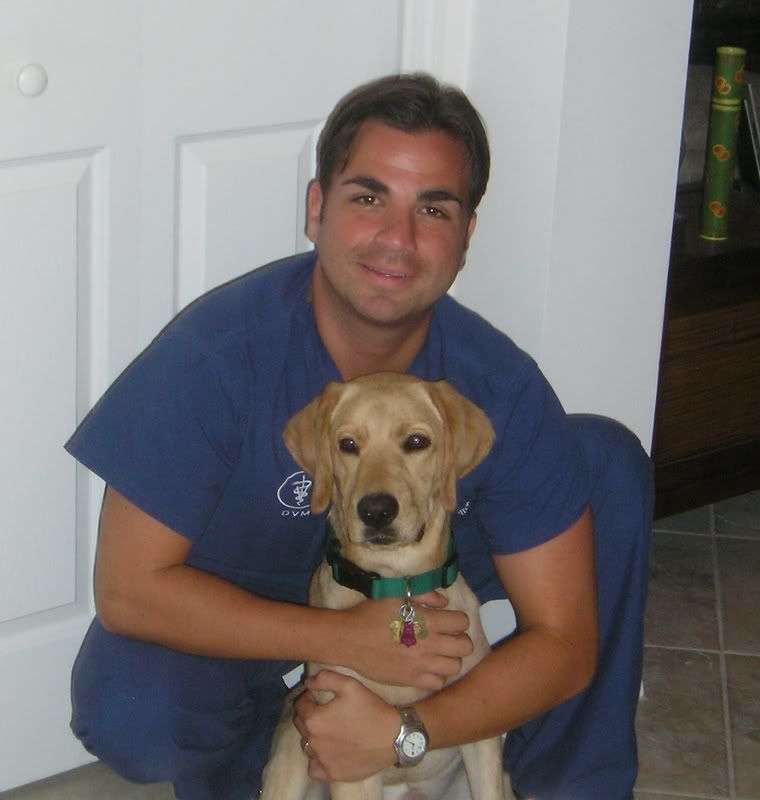I am both surprised and pleased that our sister site's (Web-DVM.net) most recent webpoll indicated that a commanding percentage of pet owners are opting to feed their pets top quality diets, despite economic circumstances being less than rosy across the country. According to our webpoll, the question and results from 205 total participants were as follows:
I Feed My Pets (Dogs/Cats):
- Whatever table food the family eats - 7%
- Whatever pet food is cheapest or on sale - 21%
- The best pet food that I can find - 71%
What pleases me about these results first and foremost, is that these statistics reflect an increasing level of concern for pets as family members, who deserve the best possible nutrition that is in our power to offer. It also underscores a big point that I always try to impart on my clients that, like in human medicine, an ounce of prevention is worth a pound of cure. Feeding top quality pet foods that are free of preservatives, have wholesome and reputable nutrient sources, go a long way toward preventing many of the most common diseases we regularly treat in veterinary medicine, such as skin infections, inflammatory bowel disease, diabetes, respiratory infections, dental disease, autoimmune disease, and pancreatic disease, to name some.
Where many people looking to feed the best possible food within the confounds of a tight budget get duped into buying poor quality food, is that the nutrient breakdown of grocery store brand diets, often fairs well in comparison to that of top quality and holistic diets. What they do not realize is that the percent nutrients do not compare when taken in the context of the quality of the nutrient sources. For example, protein derived primarily from skin, hair, and hoof, protein sources often utilized by cheap grocery store pet food companies, does not compare to that derived from food animal muscle and organs as we see in better quality diets. A few grocery brand pet food companies have even been known to resort to rendering plants for nutrient sources. Rendering plants are plants that process animal tissue waste from road kill, euthanasia, necropsy, etc, to utilize components of tissue used in skin creams, glues, and other household items.
Grocery store pet food brands are also heavy in fillers to expand the volume of the food, such as corn and wheat. Fillers are not a natural component of the intended staple diet of the canine or feline, and often lead to digestive problems, food allergies, obesity, and predispose to diabetes. If the first two ingredients of any pet food is either wheat or corn, that food should be avoided. Canines and felines need diets primarily comprised of meat and vegetables. Fillers should represent a minimum of the overall ingredients, ideally avoided altogether if possible.
Cooking for the animals allows for quality control of the ingredients, but it can be difficult to get the right mix of nutrient breakdown for the specific species, size, and age of the animal. For this reason, nutrient deficiencies and obesity are a common sequel for pet owners feeding a home cooked diet. Still, it is preferable to feed home cooked than resort to grocery brand pet food. I would caution, however, that if this is the course one chooses for their pet(s), to consult with one's veterinarian for advice on what is best to feed and in what proportions, as well as offer a good vitamin supplement to prevent any nutritional deficiencies.
For the most part, it seems according to our webpoll that a majority of pet owners see the merit in feeding the best quality food available to them. Please understand that no one is suggesting that anyone put their family in financial harms way to feed the family pet an expensive holistic diet. What I do suggest, however, is that pet owners realize that generally quality of life will be better, and veterinary bills will generally be lower, for a pet fed the best possible quality diet.
Monday, April 6, 2009
Subscribe to:
Post Comments (Atom)




No comments:
Post a Comment